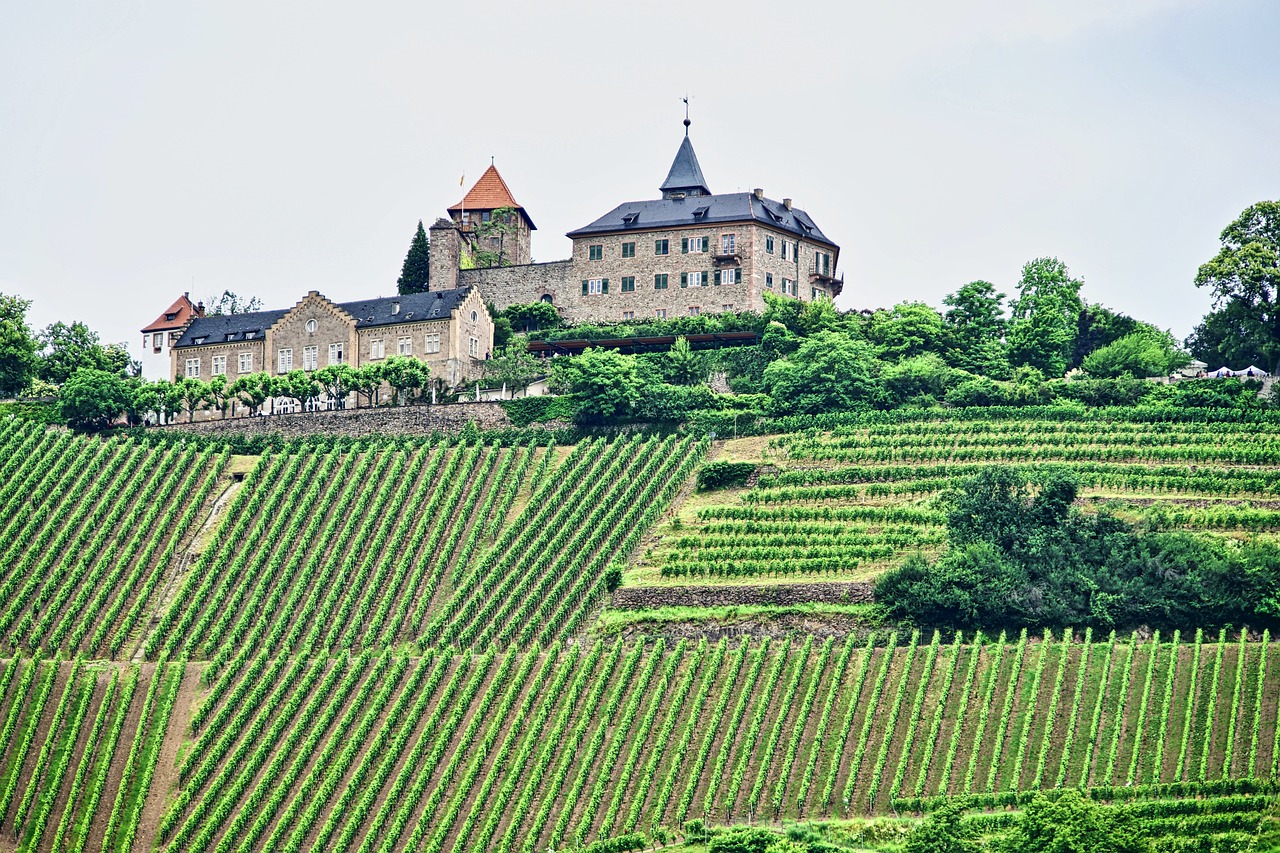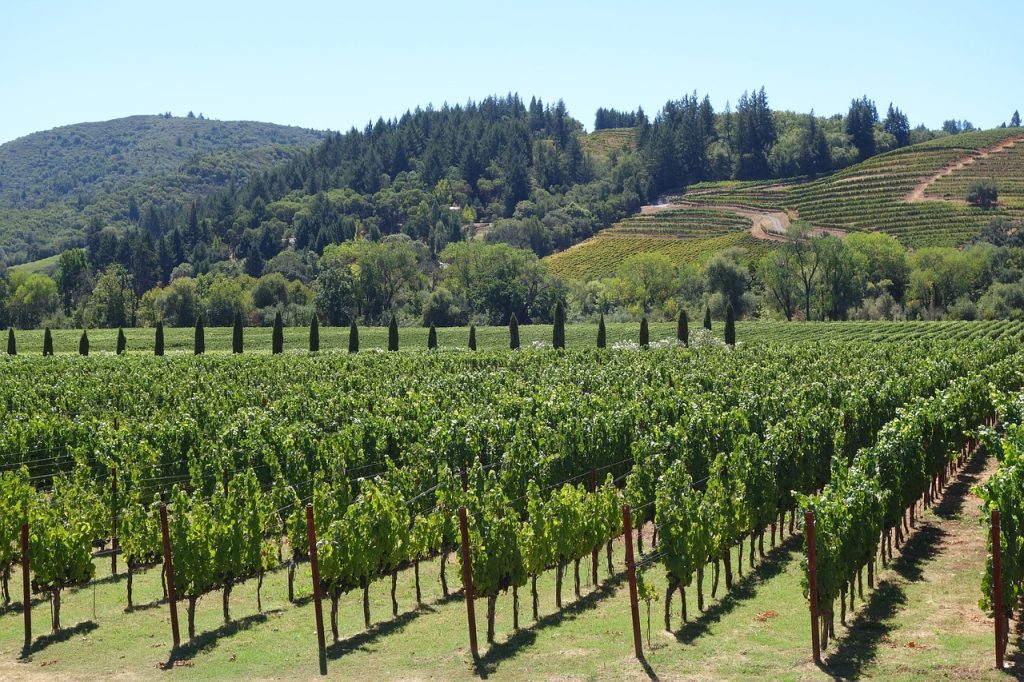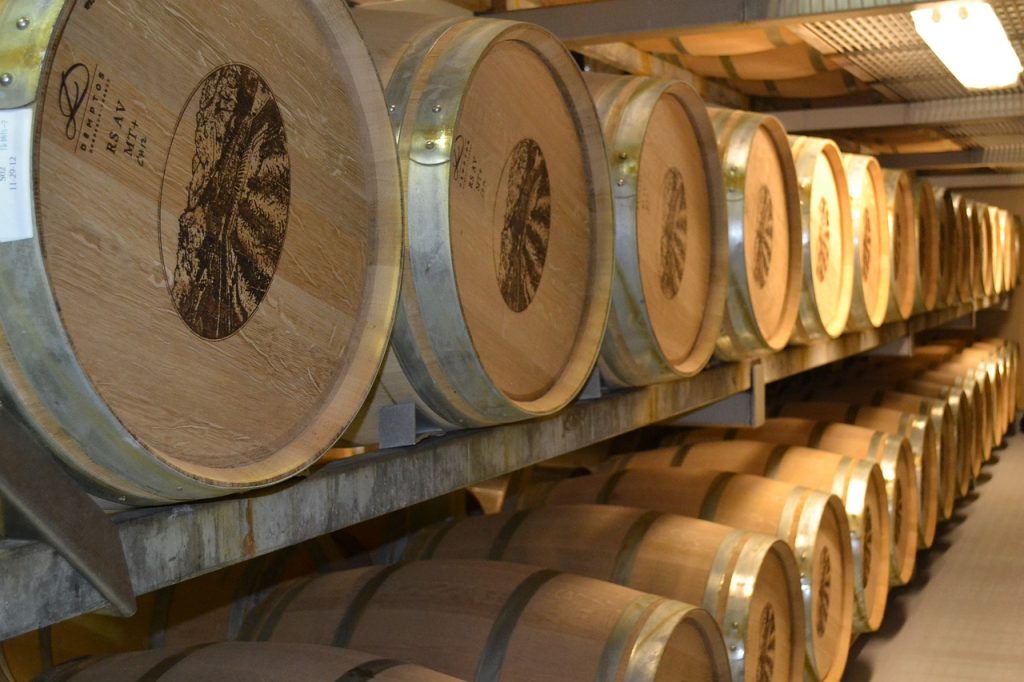
You’ve seen it in movies, right? That picturesque winery nestled among rolling hills, rows of grapevines glowing in the afternoon sun, and people leisurely sipping wine while gazing at a scenic sunset. Maybe you’ve dreamed of being the owner of that winery, where you walk through the fields, handpick grapes, and create the perfect bottle of Cabernet Sauvignon. Owning a Vineyard Real Estate sounds like an idyllic life—a mix of nature, luxury, and money in the bank.
But before you go running off to buy a wine estate in Napa or Bordeaux, there are some hard truths about owning a winery that you need to know. It’s not all glamour, and if you’re planning to invest in vineyard real estate, you’ll need more than a love of wine and own a pair of wellies.
1. Romantic Notions vs. Reality
First things first: owning a winery is work. And not just any work—hard work. It’s one thing to drink wine, but growing the grapes, making the wine, and running a business? That’s a whole different ballgame.
Before you imagine yourself swirling wine in a fancy tasting room, picture this: early mornings, muddy boots, sunburn, endless paperwork, and machinery that always breaks down at the worst time. Vineyards need constant attention. From pruning the vines to managing pests, harvesting grapes, and marketing your wine, it’s a never-ending cycle.
Oh, and the wine? It takes years to produce. You won’t get immediate results from your vineyard investment. You plant today, but it might be three to five years before your grapes are even ready to be turned into wine. So, patience is a virtue, and if you don’t have it, you’ll learn it—fast.
2. Location, Location, Location
Just like with any real estate, location is everything. But with vineyards for sale, it’s even more critical. Where your vineyard is located determines the type of grapes you can grow and, ultimately, the quality of the wine.
You can’t just plant grapes anywhere and expect good results. Grapes are picky. They require specific conditions like the right climate (a bit of sun, a bit of rain, but not too much of either), soil type (ever heard of terroir?), and elevation. You need to understand the nuances of the land before you buy.
For example, regions like Napa Valley in California or the Bordeaux region in France are famous for their wine because they have the perfect conditions for grape growing. But prime wine real estate comes with a price. If you want a vineyard in a famous wine region, be prepared to pay top dollar. Alternatively, you might look into emerging regions where land is cheaper, but there’s more risk involved.

3. Know Your Grapes (No, Really)
Now, let’s talk about grapes. If you’re thinking about owning a vineyard, you need to get familiar with them. Different grapes thrive in different environments, and the type of wine you want to produce will dictate which grapes you should grow.
Some popular grape varieties include:
- Cabernet Sauvignon – likes warm climates
- Pinot Noir – delicate and thrives in cooler areas
- Chardonnay – versatile but depends on your winemaking style
- Merlot – soft and fruity, can grow in various conditions
You’ll need to do some research to figure out what type of wine you want to make, and then determine if your land can support those grapes. A vineyard that tries to grow grapes in unsuitable conditions is like trying to raise tropical fish in a kiddie pool. It just doesn’t work.
4. Timing is Everything: Vintage, Baby!
Wine isn’t just about planting, growing, and harvesting. It’s about timing, which means nature is your boss. Harvest season is a stressful, fast-paced period that revolves around picking grapes at their perfect ripeness. Too early, and you’ll have sour wine. Too late, and they’ll be too sugary.
Weather plays a huge role in your success. A late frost can wipe out your crop, a summer drought can stress your vines, and unexpected rain during harvest can dilute your grapes. The best winemakers are part farmer, part meteorologist.
5. The Money: How Much Does It Cost?
Ready for some numbers? Winery investment isn’t for the faint of heart (or wallet). You’re not just buying land, you’re buying a business, and businesses require money upfront, as well as long-term financial support.
Here’s a rough breakdown of costs:
- Land acquisition: This is the big one. Depending on the region, vineyard real estate can cost anywhere from a few thousand to millions per acre.
- Vineyard planting: Preparing the soil, planting the vines, and setting up infrastructure can cost anywhere from $10,000 to $50,000 per acre. (Remember, it’ll be years before those grapes are usable.)
- Winery equipment: Stainless steel tanks, barrels, bottling lines, and all the other winemaking equipment don’t come cheap. Think several hundred thousand dollars for a mid-sized operation.
- Labor: Harvesting, pruning, and general maintenance require manpower. Skilled vineyard workers can cost around $15-$25 per hour, or more, depending on the region.
- Marketing and distribution: Making great wine is only half the battle. You have to sell it. That means designing labels, setting up a tasting room, and building a customer base.
All in all, you’re looking at millions to get a vineyard and winery off the ground. And then there’s the ongoing maintenance. But fear not! If your wine is good, it can be very profitable. Some vineyard owners report returns on investment as high as 15-20%, but those are best-case scenarios. Expect a much slower, steadier climb in profits.
6. Regulations: A Glass Half Full of Bureaucracy
Wine might be fun, but the regulations around making and selling it? Not so much. Every country, and often every region, has its own rules when it comes to winemaking. From how the wine is produced to how it’s labeled and distributed, there’s a lot of red tape.
In the U.S., for example, you’ll need a federal permit to produce and bottle wine, and that’s just the beginning. There are local taxes, environmental regulations, and even limitations on how much wine you can produce in certain regions.

7. Hiring the Right Experts
Unless you’re a winemaking prodigy, you’ll need help. Running a successful vineyard means hiring the right team of experts, including:
- Winemakers: The geniuses who turn your grapes into delicious wine.
- Vineyard managers: The people who actually know how to grow grapes.
- Accountants and lawyers: Yes, you’ll need them. Trust me.
- Marketing professionals: Someone has to tell the world about your amazing wine!
8. The Fun Part: Wine Tastings, Tours, and Events
Not everything about owning a vineyard is hard work. One of the perks is hosting wine tastings, private tours, and events on your beautiful estate. These not only bring in extra revenue but also create a memorable experience for visitors. Wine tourism is huge, and people love to visit wineries for weddings, weekend getaways, or just to relax with a glass (or three) of wine.
Conclusion: Is Vineyard Real Estate Right for You?
Investing in vineyard real estate is not for the faint-hearted or the casual wine enthusiast. It’s a long-term commitment that requires patience, passion, and a good chunk of change. But if you’re willing to put in the work, the reward is more than just financial. It’s a lifestyle that brings you closer to nature, gives you the satisfaction of creating something tangible, and, let’s be honest, means you’ll never run out of wine.
So, pour yourself a glass, start researching, and who knows? You might be one step closer to living your vineyard-owning dream.
Sources:
[…] out our article on vineyard real estate investments if you want to dive deeper into the world of wine and sustainability. And don’t forget to explore […]
[…] a Vineyard Plot: Investing in vineyard land can be both a passion project and a business […]
[…] that cork to celebrate your newfound winery dreams, let’s swirl this idea around the glass a bit. Investing in vineyard real estate is as much about soil samples as it is about sipping Chardonnay. Let’s break it down so you know […]